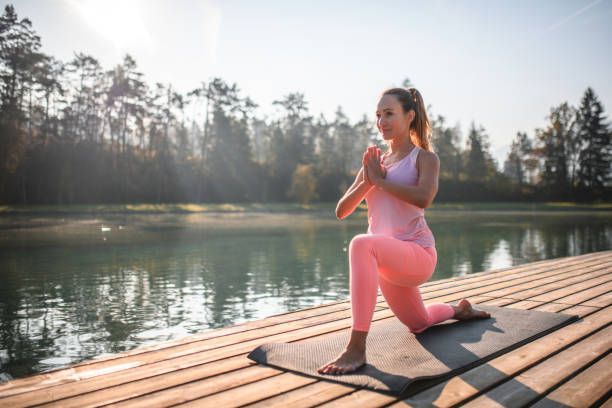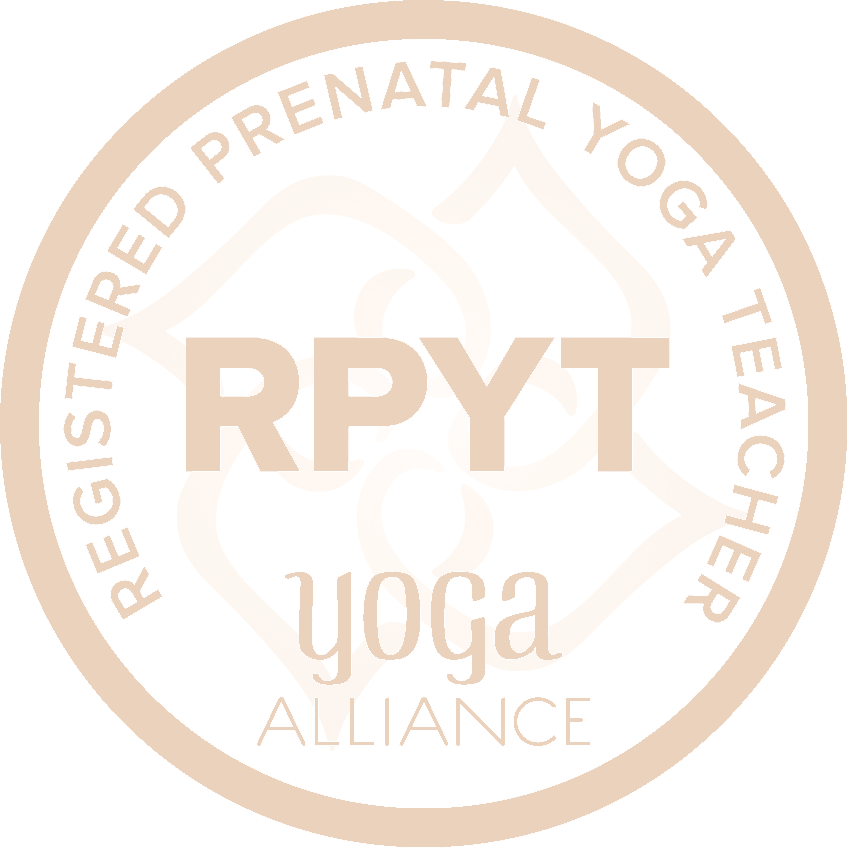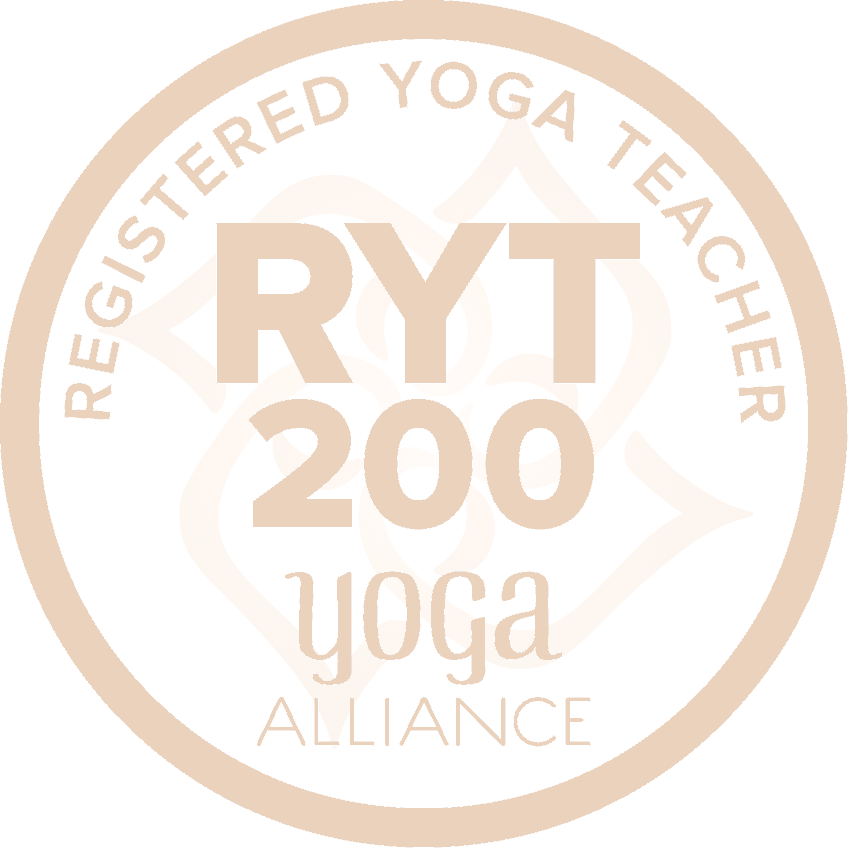Reclaim Your Peace: Join Our Free Yoga Workshop for Moms here!

As a yoga teacher, I’ve had countless conversations with students who tell me, “I’ve been doing yoga for years! I love it. I always feel so calm, almost high afterward.” They share stories of how much they enjoy their studio, the community they’ve found there, and the teachers who guide them through each class. For many, yoga is a sacred space where they can temporarily escape the chaos of daily life, find a moment of peace, and reconnect with themselves.
Yet, whenever I ask them if they practice yoga at home, their faces often shift to a look of confusion or discomfort. “Oh, I wouldn’t know what poses to do by myself,” they admit with a hint of self-deprecation. “I just follow what the teacher says.”
While I deeply value the connection between teacher and student, it always strikes me that these students, despite their years of practice, have only dipped their toes into what yoga has to offer. They’ve experienced the shallow end of the pool—relaxing, enjoyable, and important—but they’ve yet to dive into the deeper, transformative waters of an intuitive practice.
Moving Beyond the Shallow End
Yoga, in its truest form, is not just about going through the motions of poses in a studio. It’s about learning to quiet the mind, to listen to the body, and to connect with something bigger than the physical world around us. When we limit our practice to following instructions without understanding the why, we miss out on the deeper, more profound aspects of yoga—the ones that offer us the opportunity to get to know ourselves intimately.
Imagine, for a moment, being able to tune into your body so deeply that you can hear the hum of your cells, the rhythm of your heartbeat, and the potential you hold to connect to something greater. Imagine feeling at home in your body and at peace in your mind. This is the gift that an intuitive yoga practice can offer—a practice that empowers you to listen to your own body’s wisdom, rather than always waiting for someone else to tell you what to do.
For many mothers, this shift toward intuition is particularly transformative. So often, the demands of motherhood leave us feeling disconnected from our own needs and desires. We give so much of ourselves to others that we forget how to listen to the whispers of our own heart. But through yoga, we can begin to reclaim that connection. We can learn to tap into the quiet voice inside of us, the one that knows exactly what we need.
Why Intuitive Yoga Matters for Mothers
Mothers, especially, need a yoga practice that goes beyond stretching and studio classes. We need a practice that meets us where we are—in the chaos of everyday life, in the sleepless nights, in the moments when we feel pulled in a thousand directions. Yoga can be a powerful tool for helping us find calm amidst the storm, but to truly reap those benefits, we need to learn to practice intuitively.
Practicing yoga intuitively means stepping onto the mat without a rigid plan. It means allowing your body to guide you, trusting that you know what you need in that moment. It’s about curiosity—being open to exploring what arises in your practice, whether that’s a physical sensation, an emotion, or a fleeting thought. It’s about tuning into your body’s natural rhythms, and allowing those rhythms to inform your movement, your breath, and your state of mind.
As mothers, we are constantly adapting to the needs of others. Intuitive yoga offers us a space where we can turn inward and focus on our own needs, even if only for a few moments each day. It allows us to reconnect with our bodies, listen to our intuition, and honor the wisdom that resides within us.
Breathwork: The Gateway to Intuition
If intuitive yoga is about listening to your body, then breathwork (pranayama) is the gateway to that practice. Breath is the first thing we do when we enter this world, and the last thing we do before we leave it. In between, it serves as our constant companion, guiding us through every experience we encounter. Yet so often, we forget to pay attention to it.
When we’re scared or anxious, our breath becomes shallow and quick. When we feel safe and nurtured, our breath slows and deepens. The way we breathe is a reflection of the way we experience the world around us, and by tuning into our breath, we can begin to regulate our nervous system and find calm in even the most challenging situations.
In yoga, breathwork is more than just a technique—it’s the foundation of the entire practice. Your breath sets the pace for everything you do, serving as the metronome for your body and its connection to the universe. When you learn to breathe with intention, you create a direct line of communication between your mind, your body, and the world around you. You begin to move in harmony with your breath, and that harmony extends into the rest of your life.
For mothers, this is especially powerful. Learning to regulate your breath means learning to regulate your nervous system. It means being able to find calm in the midst of a toddler tantrum or a chaotic household. It means having a tool that you can use anytime, anywhere, to bring yourself back to center.
Asana: Exploring the Terrain
While breathwork is the foundation of yoga, asana (the physical poses) is how we explore the terrain of our inner world. Think of asana as riding a bike through unfamiliar terrain. Before you can explore, you first need to know how to ride the bike—that’s your breath. Once you’ve mastered that, the poses allow you to navigate different landscapes, each one offering its own unique sensations, feelings, and energy.
In a studio setting, we often move through poses in a structured sequence, following the guidance of a teacher. But in an intuitive practice, you have the freedom to explore these poses in a way that feels right for you. You might hold a pose longer because it feels nourishing, or skip one altogether because it doesn’t serve you in that moment. The key is to listen to your body and let it guide you, rather than adhering to a set routine.
For mothers, this approach to asana can be particularly liberating. We don’t always have the time or energy for a full, structured yoga class, but that doesn’t mean we can’t practice. An intuitive approach allows us to take what we need from yoga, whether that’s a five-minute stretch or a longer, more meditative session.
Meditation: The Power of Presence
Finally, meditation is the practice of deep focus and presence. It’s the ability to acknowledge an emotion or sensation, recognize that you are experiencing it, and then release it without getting caught up in the story your mind is telling. Meditation allows us to step back from the noise of everyday life and reconnect with the present moment.
For many mothers, meditation can feel impossible. Our minds are constantly racing, filled with to-do lists, worries, and the needs of our children. But even just a few minutes of mindful breathing or quiet reflection can make a world of difference. Meditation doesn’t have to be about sitting in silence for hours—it’s about creating space in your mind to breathe, to release, and to simply be.
Through meditation, we learn to approach life from a place of non-attachment. We begin to understand that while our daily experiences are real and meaningful, they are only a small part of our greater purpose. This perspective allows us to navigate the ups and downs of motherhood with more grace, less stress, and a deeper sense of peace.

Embracing the Journey
Yoga, when practiced intuitively, becomes so much more than just physical exercise. It becomes a journey of self-discovery, a tool for emotional regulation, and a way to reconnect with our inner wisdom. For mothers, it offers a path back to ourselves—a space where we can be present, be still, and be curious about the person we are becoming.
By learning to listen to our bodies, to regulate our breath, and to approach each moment with mindfulness, we can transform not only our yoga practice but our entire lives. We become more resilient, more grounded, and more connected to the deeper meaning behind our daily experiences.
This is the power of intuitive yoga. And this is why I teach my students to trust themselves, to explore, and to embrace the journey ahead.
✨Gentle Next Steps
The Rooted Beginnings Workshop was made for moments like these—when your body and heart are in transition, and you need a place to land. And if you’re craving softness in your self-talk, the Heart-Led Handbook will walk beside you, one gentle prompt at a time.
More From the blog

All Rights Reserved | Petals & Pathways



